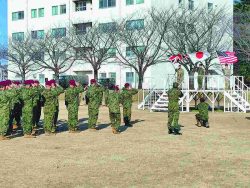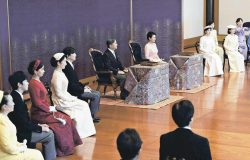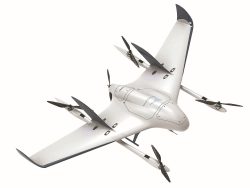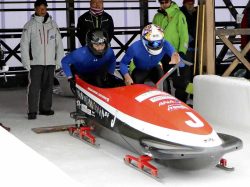Fatal MSDF Helicopter Collision Caused by Lack of Coordination Between Officers, Panel Said to Conclude

An SH-60K patrol helicopter
17:10 JST, July 7, 2024
A Maritime Self-Defense Force panel has concluded that the collision between two MSDF patrol helicopters in April during nighttime training was caused in part by a lack of coordination, according to government sources. The MSDF is set to release its report on the accident soon.
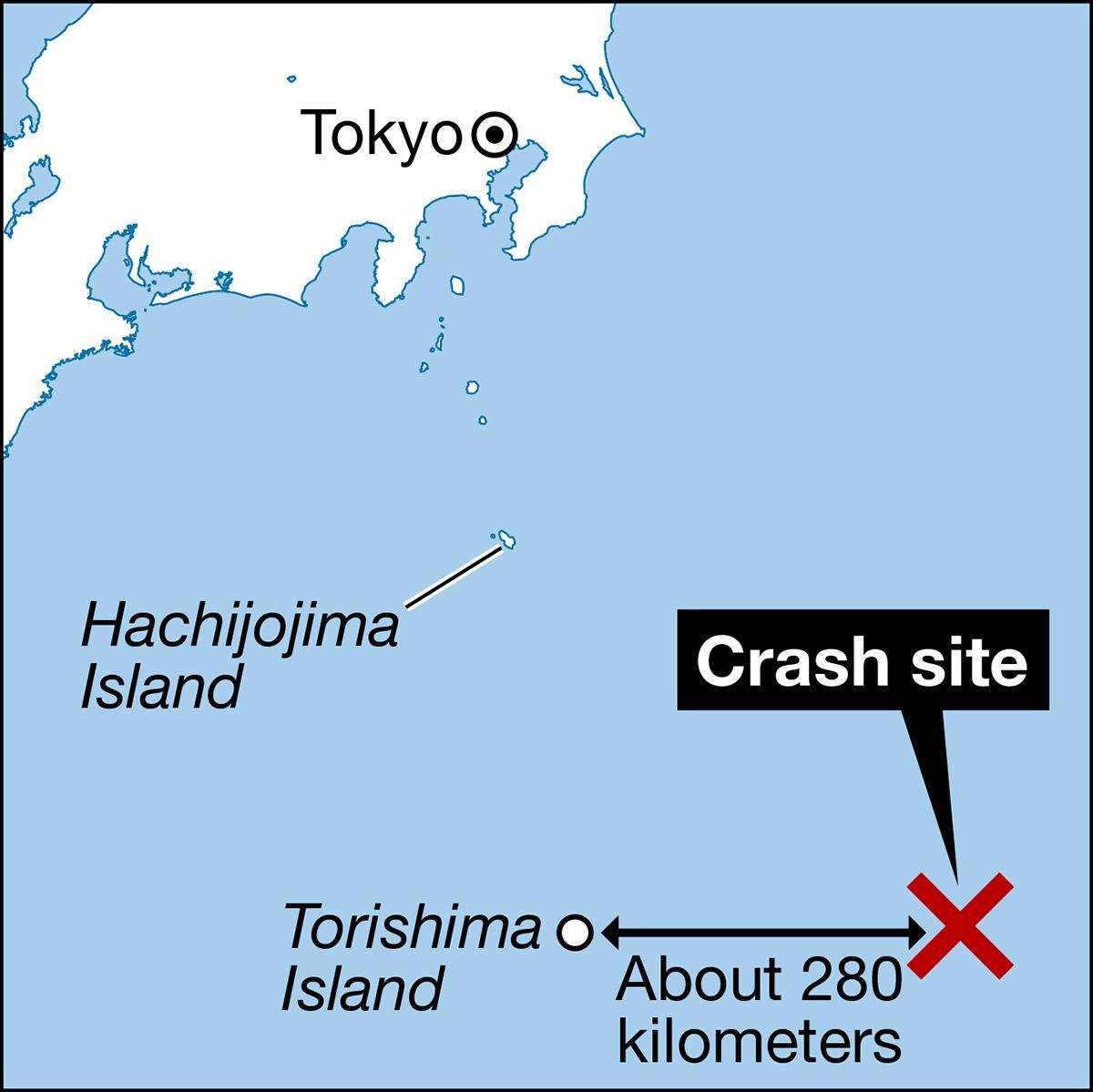
The accident occurred late at night on April 20 in waters about 280 kilometers east of Torishima Island in the Izu Islands, part of Tokyo. The two SH-60K patrol helicopters were taking part in a drill during an inspection by the Fleet Escort Force commander to evaluate the skills of MSDF personnel.
Eight ships and six patrol helicopters participated in the drill. Three helicopters were being flown where the accident occurred, and two of them collided with each other, resulting in the deaths of all eight people on board, with four people on each aircraft.
After the accident, the MSDF recovered the flight recorders of both helicopters and analyzed the data while interviewing those involved.
There are two types of underwater sonar systems used by patrol helicopters to detect submarines: active sonar, which emits its own sound waves, and passive sonar, which detects emitted sound waves. Depending on the tactics employed, different commanding officers may give instructions for the different sonar types while coordinating with each other.
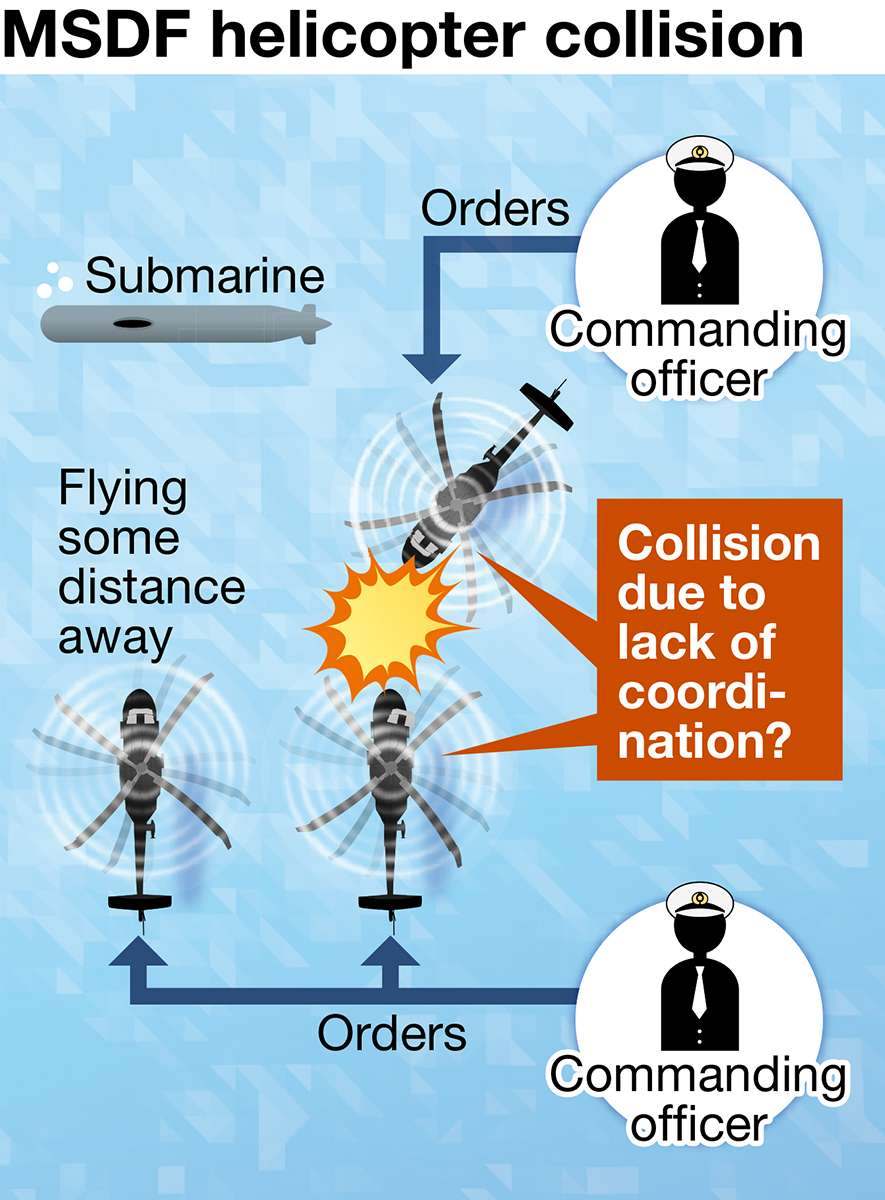
According to government officials, during the drill the three helicopters were flying together as they pursued a mock enemy submarine, but two aircraft were under one officer and the other was under another officer according to the type of sonar used, and there is said to have been insufficient coordination between the commanding officers. The lack of clear instruction on how to maintain a safe difference in altitude is viewed as a major problem.
The helicopters were also equipped with anti-collision lights. Even at night it was possible for crew members to see the lights of the other helicopters at close range, and audio recordings show that the crews of the helicopters were visually checking each other’s positions.
However, the front of one helicopter, which was flying almost straight ahead, collided with the left front of the other helicopter, which was turning around, suggesting that the crews may not have been keeping a sufficient watch.
After a minor accident involving two patrol helicopters in 2021, the MSDF formulated measures to prevent similar issues, such as having crews keep watch when multiple helicopters are flying in close proximity and ensuring that the aircraft fly at different altitudes.
The MSDF believes these measures were not fully observed in the latest case, and it will present further measures, including to ensure thorough checking of other aircrafts’ positions. The measures will also include ensuring that when helicopters are flying under the direction of separate commanding officers, the higher-ranking officer will work to grasp the overall situation.
"Politics" POPULAR ARTICLE
-

Japanese Language Requirement Eyed for Permanent Residency Status; LDP Plans Revisions of Laws on Foreigners
-
-250x167.jpg)
Japan Eyes Plan to Accept Up To 1.23 Mil. Foreign Workers by End of Fiscal 2028
-

AI-Driven ‘Zero Clicks’ Phenomenon Threatens Democracy; News Outlets Must Be Able to Recover Costs, Stay Independent
-

Japanese Public, Private Sectors to Partner on ¥3 Tril. Project to Develop Domestic AI, SoftBank to Be Key Firm Involved
-

Japan’s Defense Ministry to Extend Reemployment Support for SDF Personnel to Age 65; Move Comes Amid Ongoing Labor Shortage
JN ACCESS RANKING
-

As Chinese Tourists Shun Japan, Hotels and Stores Suffer
-

BOJ Gov. Ueda: Highly Likely Mechanism for Rising Wages, Prices Will Be Maintained
-

Core Inflation in Tokyo Slows in December but Stays above BOJ Target
-

Osaka-Kansai Expo’s Economic Impact Estimated at ¥3.6 Trillion, Takes Actual Visitor Numbers into Account
-

Japan Govt Adopts Measures to Curb Mega Solar Power Plant Projects Amid Environmental Concerns


